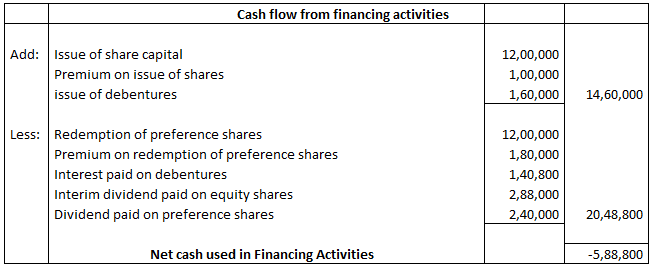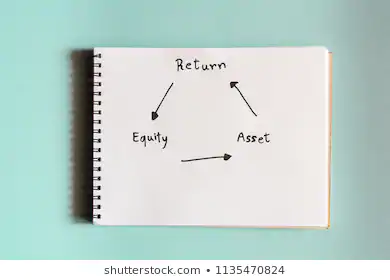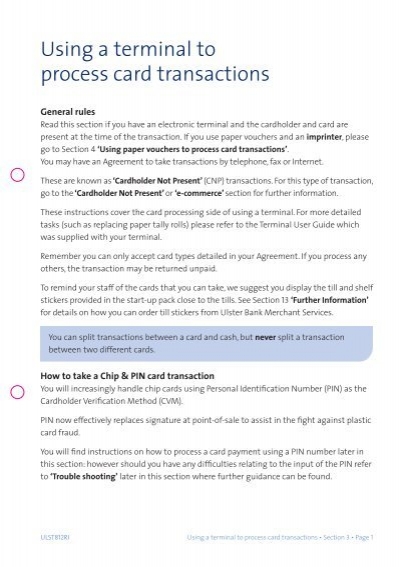For instance, if an asset increases, there must be a corresponding decrease in another asset or an increase in a specific liability or stockholders’ equity item. Each example shows how different transactions affect the accounting equations. The accounting equation is also known as the balance sheet equation or the basic accounting equation.
We also show how the same transaction affects specific accounts by providing the journal entry that is used to record the transaction in the company’s general ledger. If your business has more than one owner, you wave accounting login split your equity among all the owners. Include the value of all investments from any stakeholders in your equity as well. Subtract your total assets from your total liabilities to calculate your business equity.
This reduces the cash (Asset) account and reduces the retained earnings (Equity) account. As we previously mentioned, the accounting equation is the same for all businesses. It’s extremely important for businesses in that it provides the basis for calculating various financial ratios, as well as for creating financial statements. The shareholders’ equity number is a company’s total assets minus its total liabilities. Owner’s equity is the residual interest or amount that assets exceed liabilities.
The assets have been decreased by $696 but liabilities have decreased by $969 which must have caused the accounting equation to go out of balance. If an accounting equation does not balance, it means that the accounting transactions are not properly recorded. To calculate the accounting equation, we first need to work out the amounts of each asset, liability, and equity in Laura’s business. Like any brand new business, it has no assets, liabilities, or equity at the start, which means that its accounting equation will have zero on both sides.
- The balance is maintained because every business transaction affects at least two of a company’s accounts.
- Include the value of all investments from any stakeholders in your equity as well.
- If you use single-entry accounting, you track your assets and liabilities separately.
- This statement reflects profits and losses that are themselves determined by the calculations that make up the basic accounting equation.
Accounts receivable list the amounts of money owed to the company by its customers for the sale of its products. Assets include cash and cash equivalents or liquid assets, which may include Treasury bills and certificates of deposit. Remember that at the end of the period, we close net income to equity. Below is a portion of Exxon Mobil Corporation’s (XOM) balance sheet as of September 30, 2018. Working capital indicates whether a company will have the amount of money needed to pay its bills and other obligations when due.
What Is the Accounting Equation, and How Do You Calculate It?
The Accounting Equation is the foundation of double-entry accounting because it displays that all assets are financed by borrowing money or paying with the money of the business’s shareholders. The monthly trial balance is a listing of account names from the chart of accounts with total account balances or amounts. Total debits and credits must be equal before posting transactions to the general ledger for the accounting cycle. This article gives a definition of accounting equation and explains double-entry bookkeeping.
Another way to look at the equation it is:
Therefore cash (asset) will reduce by $60 to pay the interest (expense) of $60. Drawings are amounts taken out of the business by the business owner. The major and often largest value assets of most companies are that company’s machinery, buildings, and property.
A debit refers to an increase in an asset or a decrease in a liability or shareholders’ equity. A credit in contrast refers to a decrease in an asset or an increase in a liability or shareholders’ equity. Although the balance sheet always balances out, the accounting equation can’t tell investors how well a company is performing. If a business buys raw materials and pays in cash, it will result in an increase in the company’s inventory (an asset) while reducing cash capital (another asset).
Liabilities in the Accounting Equation
But, that does not mean you have to be an accountant to understand the basics. Part of the basics is looking at how you pay for your assets—financed with debt or paid for with capital. This reduces the cash (Asset) account by $29,000 and reduces the accounts payable (Liability) account. This reduces the cash (Asset) account and reduces the accounts payable (Liabilities) account. The accounting equation is only designed to provide the underlying structure for how the balance sheet is formulated. As long as an organization follows the accounting equation, it can report any type of transaction, even if it is fraudulent.
We show formulas for how to calculate it as a basic accounting equation and an expanded accounting equation. When the total assets of a business increase, then its total liabilities or owner’s equity also increase. https://www.wave-accounting.net/ To prepare the balance sheet and other financial statements, you have to first choose an accounting system. The three main systems used in business are manual, cloud-based accounting software, and ERP software.
Because you make purchases with debt or capital, both sides of the equation must equal. Understanding how the accounting equation works is one of the most important accounting skills for beginners because everything we do in accounting is somehow connected to it. Deskera Books is an online accounting software that enables you to generate e-Invoices for Compliance. It lets you easily create e-invoices by clicking on the Generate e-Invoice button. This formulation gives you a full visual representation of the relationship between the business’ main accounts. We’ll explain what that means, along with everything else you need to know about the accounting equation as we go on.
Unearned revenue from the money you have yet to receive for services or products that you have not yet delivered is considered a liability. And we find that the numbers balance, meaning Apple accurately reported its transactions and its double-entry system is working. Get instant access to lessons taught by experienced private equity pros and bulge bracket investment bankers including financial statement modeling, DCF, M&A, LBO, Comps and Excel Modeling.
After calculating the owner’s equity with the formula above, you should plug it into the accounting equation and make sure the equation balances. In other words, the ending owners’ equity from this equation should equal assets minus liabilities at the end of the year. If it doesn’t, then your books are out of balance, most likely because there was an entry made to an owner’s equity account that isn’t reflected in your calculation above. In above example, we have observed the impact of twelve different transactions on accounting equation. Notice that each transaction changes the dollar value of at least one of the basic elements of equation (i.e., assets, liabilities and owner’s equity) but the equation as a whole does not lose its balance. With the accounting equation expanded, financial analysts and accountants can better understand how a company structures its equity.
Thus, there is no need to show additional detail for the asset or liability sides of the accounting equation. This increases the inventory (Asset) account and increases the accounts payable (Liability) account. Recording accounting transactions with the accounting equation means that you use debits and credits to record every transaction, which is known as double-entry bookkeeping. The reason why the accounting equation is so important is that it is always true – and it forms the basis for all accounting transactions in a double entry system.



